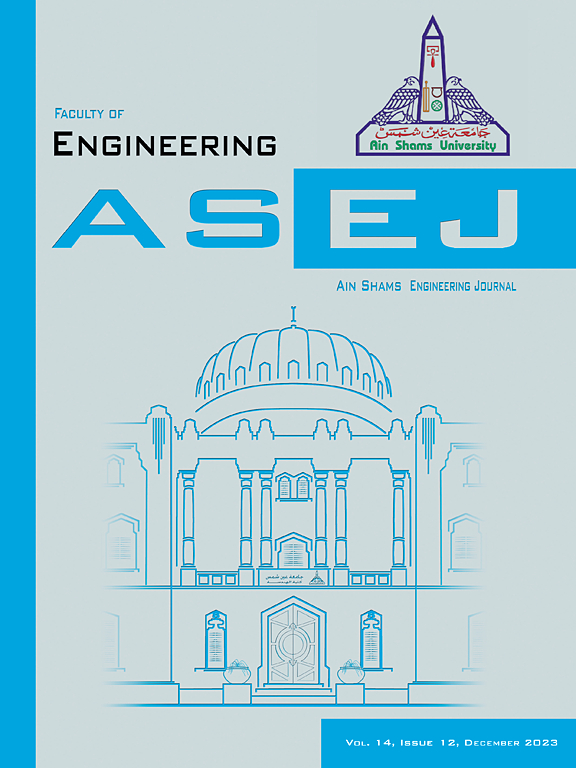Assessing canyon geometry effect on the thermal comfort in a hot semi-arid climate: Baghdad city as case study
IF 6
2区 工程技术
Q1 ENGINEERING, MULTIDISCIPLINARY
引用次数: 0
Abstract
To establish a new urban area, a wide and a multi-discipline knowledge concerning the direct relationship between urban geometry parameters and the resulted outdoor thermal environment, should be provided. This can prevent designers and users, especially in extreme climates, from serious consequences such as external environmental discomfort and increased energy consumption outside and inside the buildings. The review of related studies reveals that there is limited data concerning the reciprocal relationship between canyon geometry parameters and the thermal comfort in a hot semi-arid climate. Accordingly, the paper seeks to provide the required knowledge concerning this aspect by testing and comparing the effect of canyon geometry parameters on some outdoor thermal indexes, using ENVI-met microclimate simulation software. The selected indexes of the outdoor thermal comfort include physiological equivalent temperature (PET), and façade temperature (Tf). The effect of modifying canyon aspect ratio (high and low), and orientation (north–south, east–west, northeast-southwest, and northwest-southeast) on these indexes have been tracked. The paper investigates the aspect ratio effect on PET, the orientation effect on PET, and the aspect ratio effect on Tf. The research concluded that the deep canyon (Dc) witnessed lower PET values than the wide canyon (Wc) during the daytime. East-west oriented canyons are excluded from this result as no significant effect on PET was recorded. The most noticeable difference (about 12.8 °C) was recorded at 8:00 between NE-SW deep and wide canyons. During the night hours, the opposite case happens as PET in (Wc) becomes lower than (Dc) in all orientations. Measuring the second parameter reveals the minimal effect of canyon orientation on PET in wide canyons (Wc). Deep canyons witness more obvious thermal differences. The lowest and highest PET values were recorded in NE-SW and EW-oriented deep canyons (differences about 15 °C at 8:00). Concerning the effect of aspect ratio on facade temperature (Tf), the results reveal that increasing the aspect ratio (Dc) can significantly decline this parameter. The most significant role of this at PET was recorded at the southeast façade of deep canons (Dc) which was about 30 °C lower than those of Wc in the late morning. Adopting such results in the urban planning and design process would lead to have more sustainable canyons which successfully interact with their local environment and professionally avoid its disadvantages.
求助全文
约1分钟内获得全文
求助全文
来源期刊

Ain Shams Engineering Journal
Engineering-General Engineering
CiteScore
10.80
自引率
13.30%
发文量
441
审稿时长
49 weeks
期刊介绍:
in Shams Engineering Journal is an international journal devoted to publication of peer reviewed original high-quality research papers and review papers in both traditional topics and those of emerging science and technology. Areas of both theoretical and fundamental interest as well as those concerning industrial applications, emerging instrumental techniques and those which have some practical application to an aspect of human endeavor, such as the preservation of the environment, health, waste disposal are welcome. The overall focus is on original and rigorous scientific research results which have generic significance.
Ain Shams Engineering Journal focuses upon aspects of mechanical engineering, electrical engineering, civil engineering, chemical engineering, petroleum engineering, environmental engineering, architectural and urban planning engineering. Papers in which knowledge from other disciplines is integrated with engineering are especially welcome like nanotechnology, material sciences, and computational methods as well as applied basic sciences: engineering mathematics, physics and chemistry.
 求助内容:
求助内容: 应助结果提醒方式:
应助结果提醒方式:


